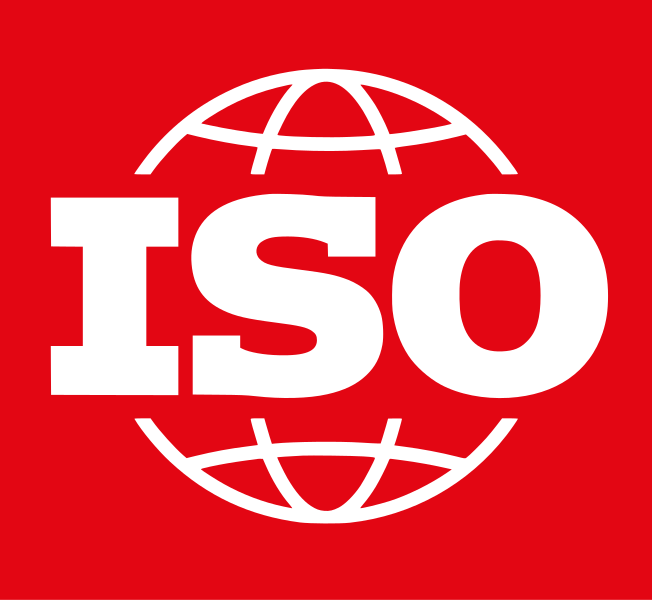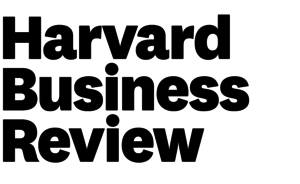Undertake preliminary market research
Explore the market using desk-based research to familiarise yourself with the relevant sectoral sustainability innovations, practices, certifications, and standards. Look for information in industry journals and news; trade association initiatives; independent sources (consider public filings or databases such as CDP); and company websites and reports. Industry benchmarks are another way to assess how the market regards sustainability. Look also at government procurement portals and databases, as they often transparently list suppliers with sustainability accreditations.
EXAMPLE: Australian Government leverages database to find potential sustainable suppliers
The Australian Government uses the Good Environmental Choice Australia (GECA) Product Database to help identify sustainable goods and services that have an Ecolabel, Claims Authentication or Life Cycle Analysis & Environmental Product Declaration.




